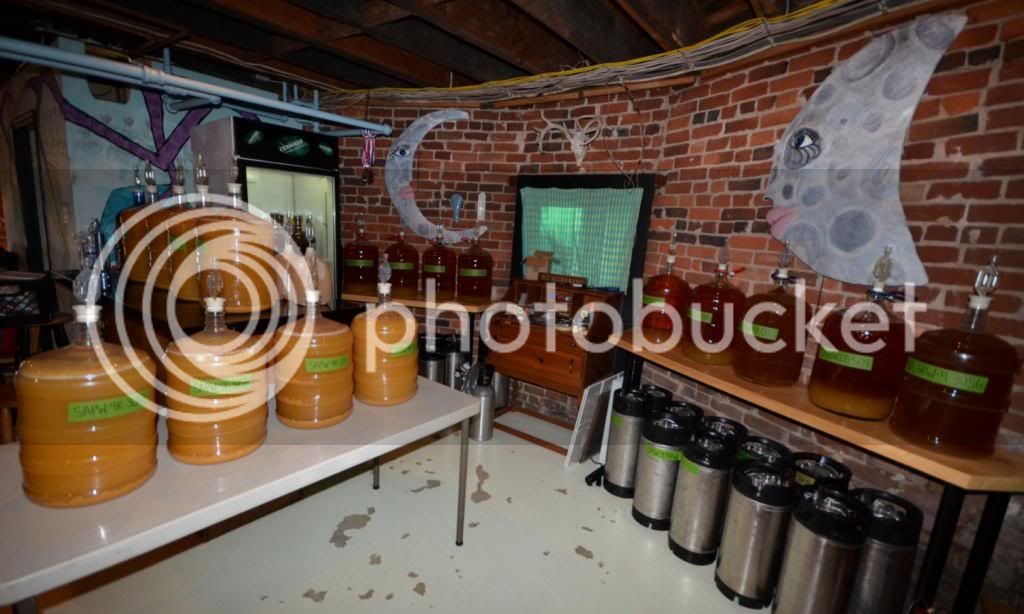Wondering if at any point you have gone back and tried this yeast [Cotes de Blanc] again?
Hey Mark - Yes, I used it on a gallon batch from the November 23rd pressing. Also did a gallon each using Premier Curvee, D47 and 71B I let them all ferment out and they all are very dry. Of the four, I liked the Premier Curvee the most at bottling time. It also had very little foam and smelled great during fermentation. The Cotes de Blanc was OK, like a dry white wine and the tannins were a little sharper than the Premier Curvee. With a higher starting gravity or lower nutrient juice, you might get some residual sweetness, but I sure didnt get any. For a dry cider, its not bad and should be a lot better once the tannins lose their edge a bit.
This juice from the Nov 23rd pressing turned out to have a fairly high nutrient level. Most of the apples were from an old orchard that is being restored and it turned out that the trees got a lot of fertilizer last year - so everything fermented out really fast. Even though it was in the low 50s, all the keg batches went from 1.058 to 1.010 in about 9 days, which is half the usual time for this season. I didnt have time to crash them for another few days and by then most of them were nearly dry. 0.002 or 0.004. Of these, the Brupaks at 1.002 tasted the best for a dry cider. Finished that keg a few weeks ago. The next dry one to put on tap will probably be the S04, the rest are all a bit too tannic. In retrospect it probably would have been better to have 10-15 percent Arkansas Black instead of 25 percent in the mix.
Latest pressing was on Dec 22. Stayman, Pink Lady, Gold Rush and Winesap. Than juice also had a higher nutrient level than normal and fermented faster than usual also - about 2 weeks. This time I was better prepared and crashed them all around 1.010. These are all clearing now. The Gold Rush apples were more tart than I expected, so its probably a good thing I didnt let these get too dry.
I've done a few batches with WLP005 this season that have come out well. I had really good luck with it before in test batches, but the first keg batch I did was taken over by wild yeast and fermented out before I could crash it. This season I sulfited the WLP005 batches first, and that seems to help a lot. I'm drinking one now from the Cortland Gala Jonathon pressing. I used half a dose of sulfite before the pitch. I month later, it was just barely noticeable, and when I kegged it in November, I wasnt getting any sulfite. I just put it on tap a couple weeks ago and it tastes great. It reminds me a lot of the Brupaks batch from the same pressing.
Can I do mead at lower 50's?
Woozl - I've never made mead, so dont have any recommendation on the yeast, but I'm sure there are plenty that would work for a mead at low 50s, depending on how high a gravity you have to start
I was wondering how long it can sit in the fermenter before it goes bad?
If your sanitation is good, not a lot of head space, no exposure to acetobacter, the cider can usually stay in the primary for many months, and over year if you rack it off the trub.







